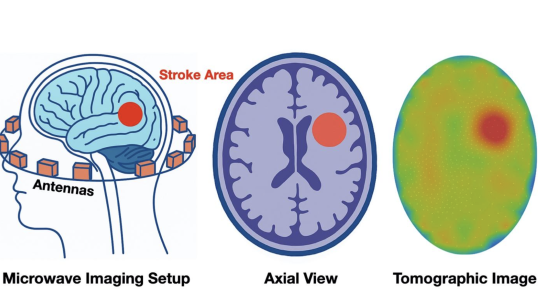Tandon Students Collaborate to Design Innovative Financial Solutions for Baby Boomers

Kathleen Chao, Adhish Patel, and Lillian Warner – graduate students who are active in the NYU chapter of Design for America (DFA) – are not yet out of their 20s, but when Professor Anne-Laure Fayard of Tandon’s Department of Technology Management and Innovation encouraged them to enter a recent OpenIDEO Challenge, they were forced to put themselves in the shoes of people at least three decades older.
OpenIDEO is an inclusive innovation community run by IDEO, an international design consultancy, which calls upon participants to collaborate on sponsored challenges and develop human-centered design solutions for a variety of societal problems. In previous semesters, Fayard’s students have tackled such issues as how best to reduce food waste and how to empower women in the developing world. During the Fall semester, her Design Thinking class participated in a new challenge — dubbed the Financial Longevity Challenge — sponsored by COOP Financial Services and MasterCard. Participants were invited to envision financial services that could support the dreams of those over 50, reflecting the recent recognition that this age demographic is the largest in the U.S. and owns 63% of all American assets.
Chao and Warner, master’s students in the Department of Integrated Digital Media (IDM), and Patel, a master’s student in Management of Technology (at the Department of Technology Management and Innovation), met as members of DFA NYU, a club of socially mindful students committed to using their knowledge of human-centered design to make a local and global impact. Steeped as they are in Tandon’s ethos of entrepreneurship and innovation, their thoughts immediately turned how they could help older would-be entrepreneurs who in past decades might not have had the benefit of an environment like Tandon. (They were joined by master’s candidate Flora Richter, who is currently on a leave of absence but remains a part of the team.)
They proposed an “incubator” at which older people either seeking to retire from their jobs or to supplement their income could find practical resources, including networking opportunities, financial advice, and technical instruction, that would enable them to launch a new enterprise. “We are hoping to attract users looking to start small, local businesses or services that would benefit their own communities,” the team explains. “Not everyone has the desire to create the next big tech start-up or the aspiration of changing the world, but everyone has the ability to change their own corner of the world.” Credit unions, they say, would be an ideal spot for small incubators, since they have always had as part of their mission to give back to their communities.
The NYU chapter of Design for America presenting to the OpenIDEO team in San Francisco and London via online video
The challenge attracted some 500 participants from around the world, and the NYU Tandon team’s idea was selected as one of the top-5 finalists out of the many ideas posted; they will now work with support from OpenIDEO and COOP Financial Services to further their design process and encourage future collaboration.The team is in the process of refining their ideas but envision the incubators holding regular networking events and workshops, offering low-interest microloans through the credit unions, and hosting co-working space. In turn, members could pay nominal monthly dues and agree to bank a portion of any business profit at their credit union.
“This is a great example of the importance of providing a collaborative ecosystem for students to explore and grow their ideas. Indeed, the incubator club idea started as a class project and even before being selected as a top idea, several students from my Design Thinking class (who were DFA NYU members) joined forces with other DFA NYU members to refine and prototype the idea over the break, and to continue over the spring semester,” explained Fayard. “As they started doing research, both on finance and the 50-65 age group, they realized the potential impact of their ideas. Moreover, as I sometimes reminded them: ‘Just think of your parents! These are your users.’”



